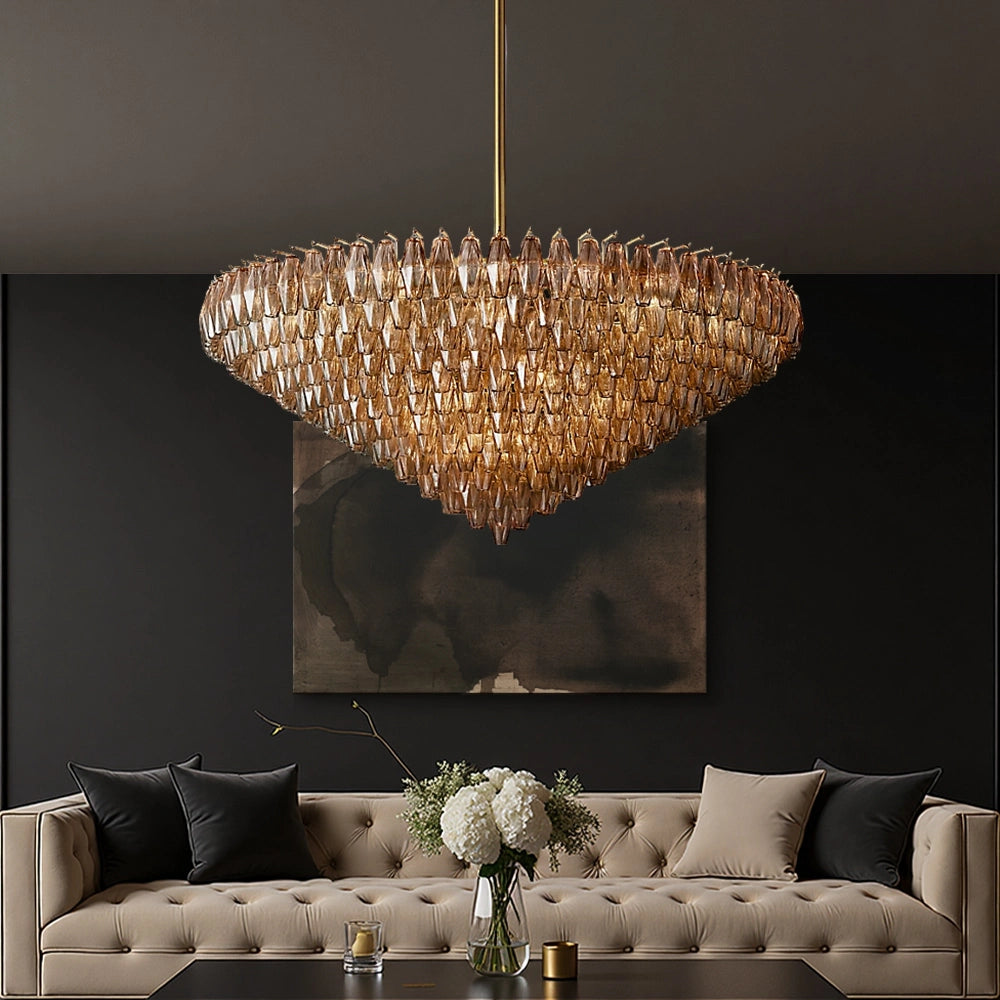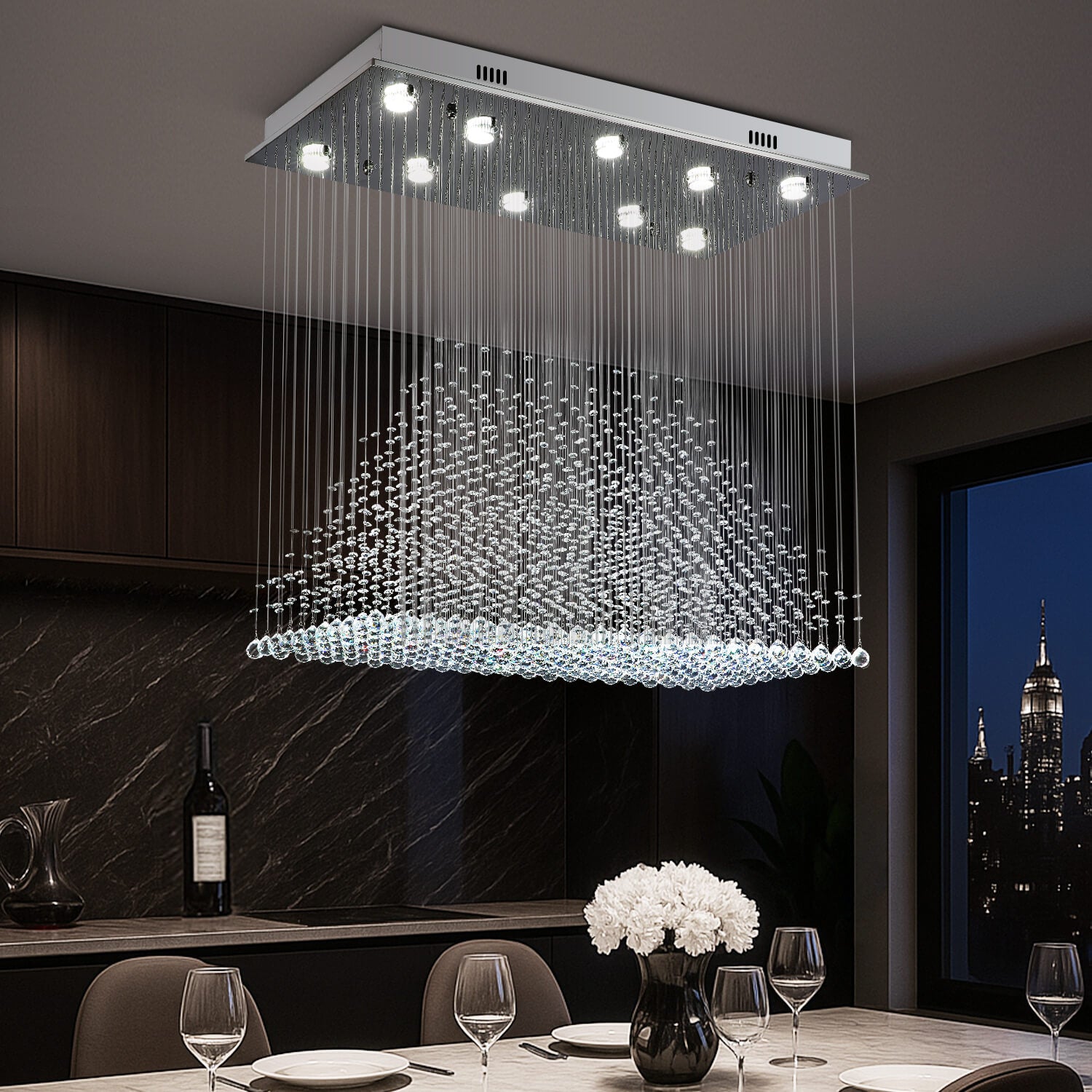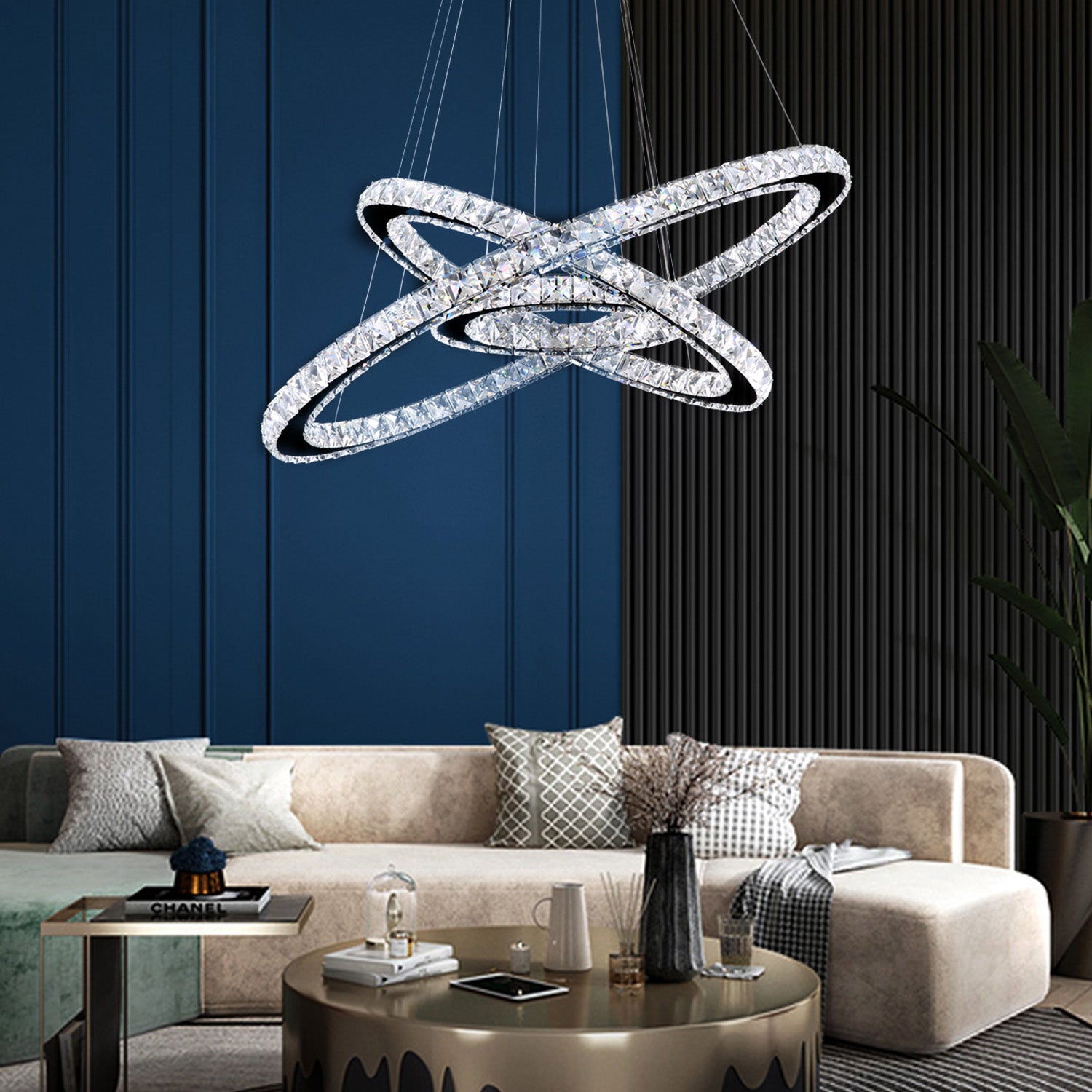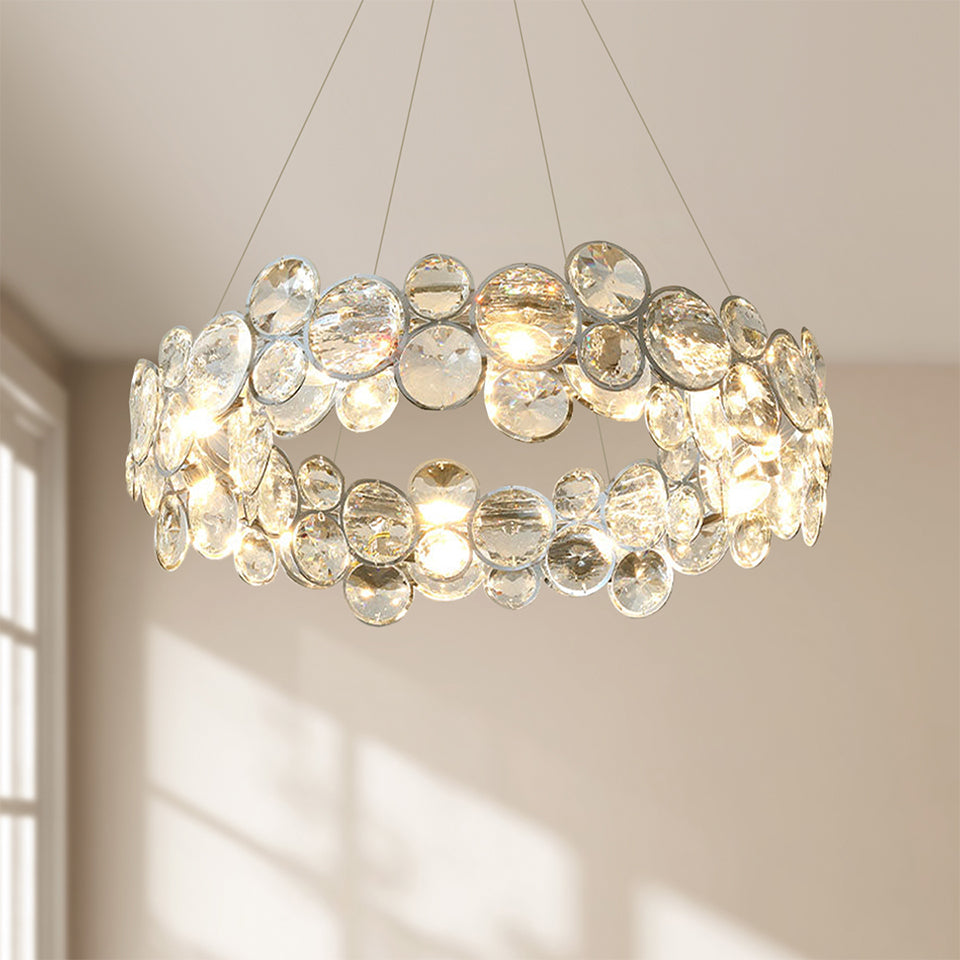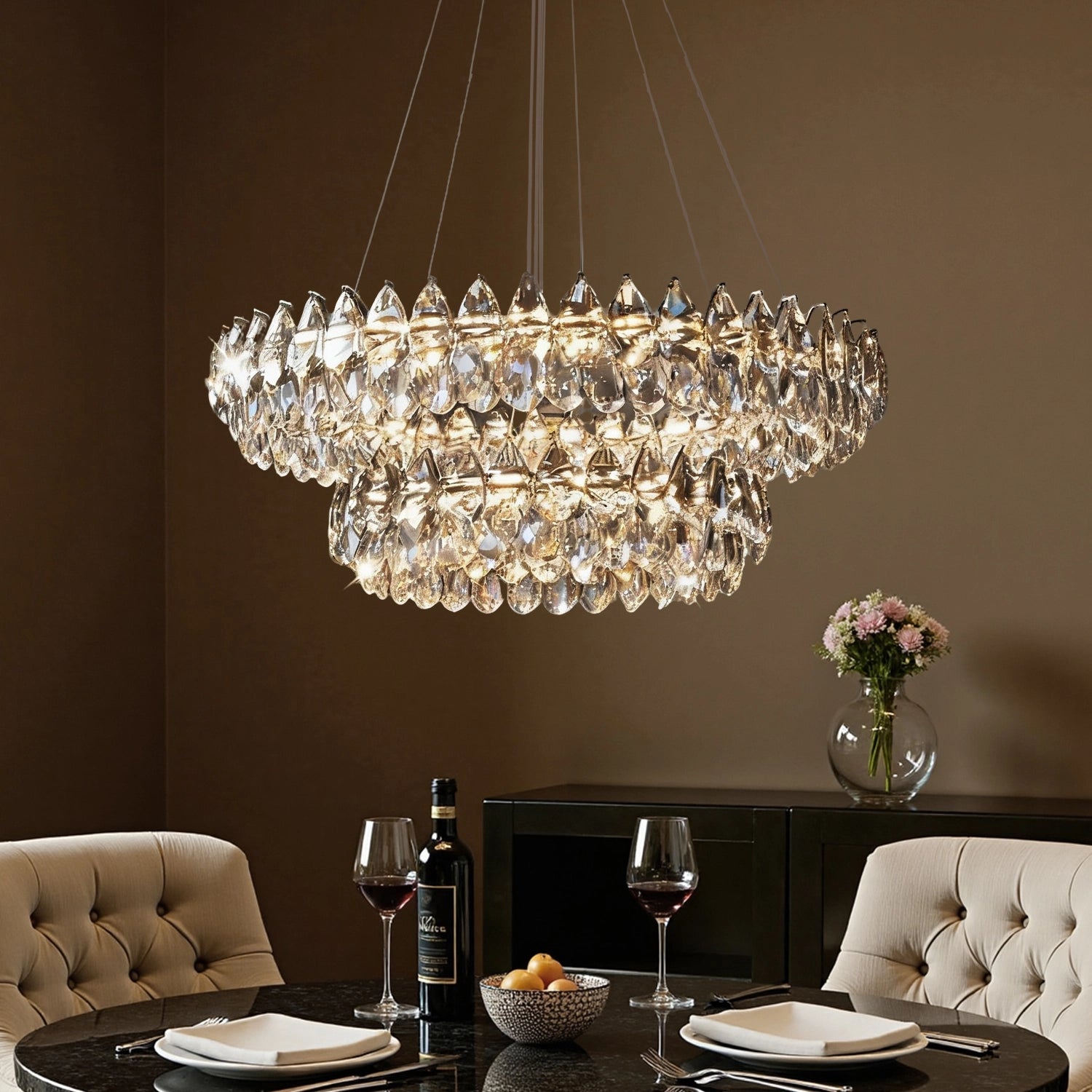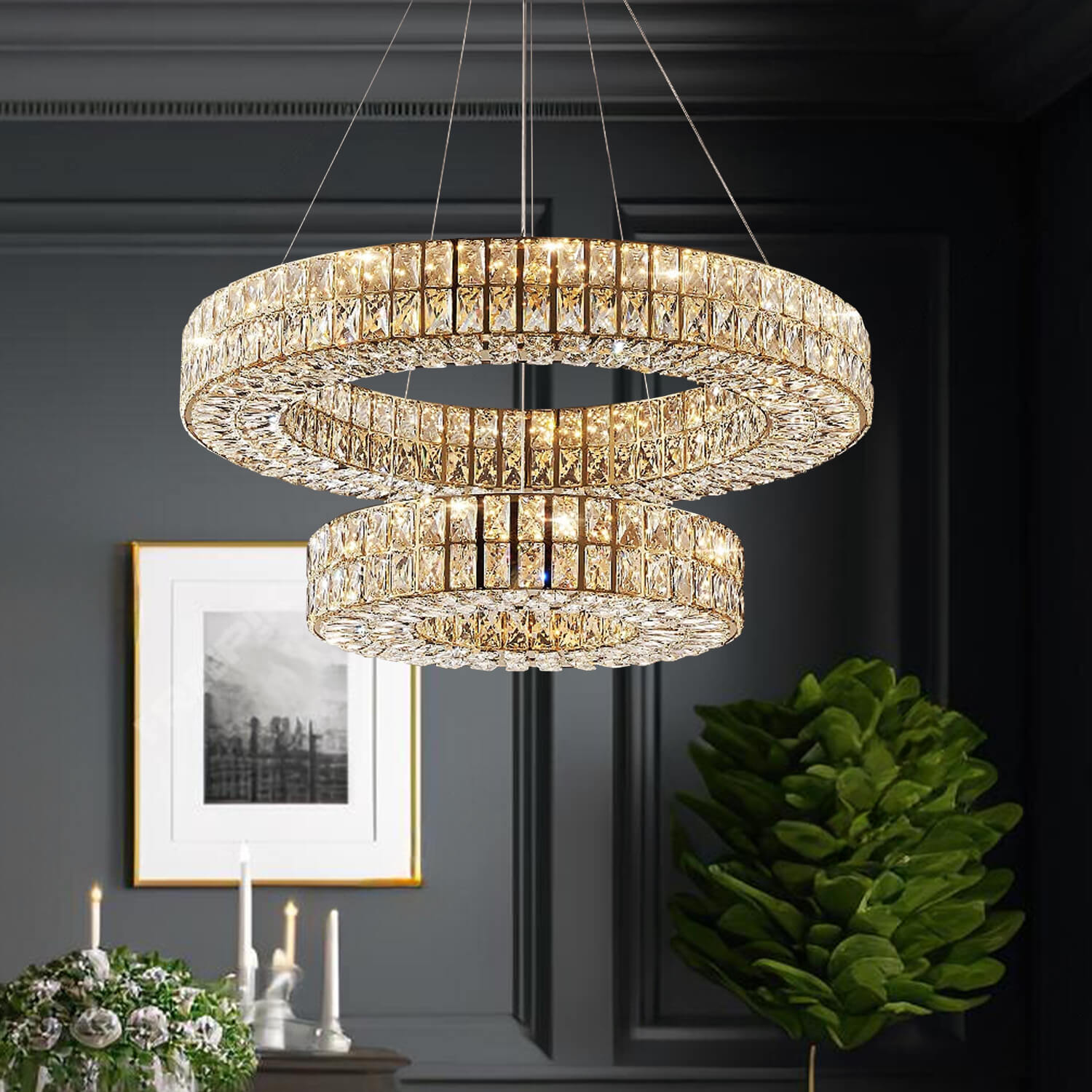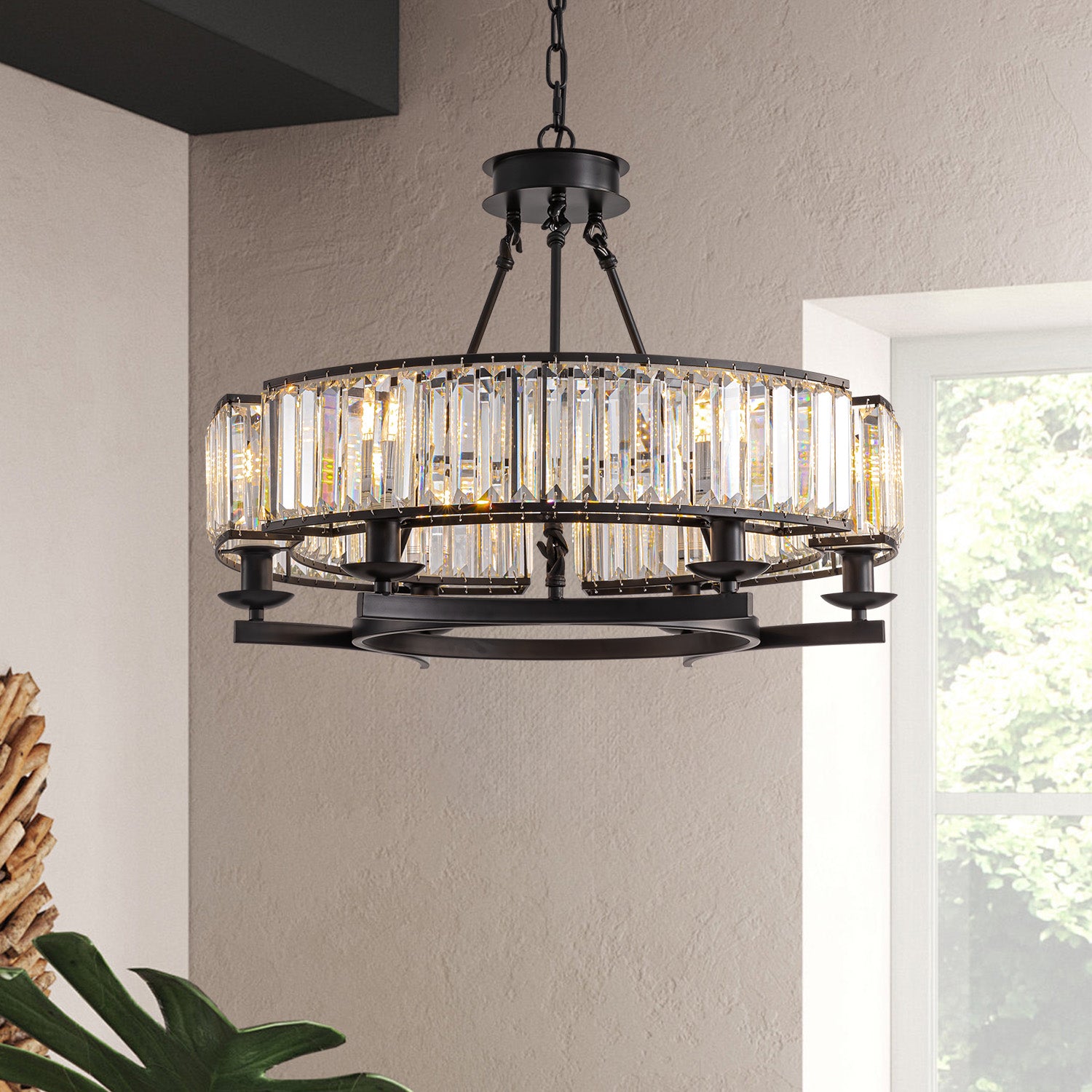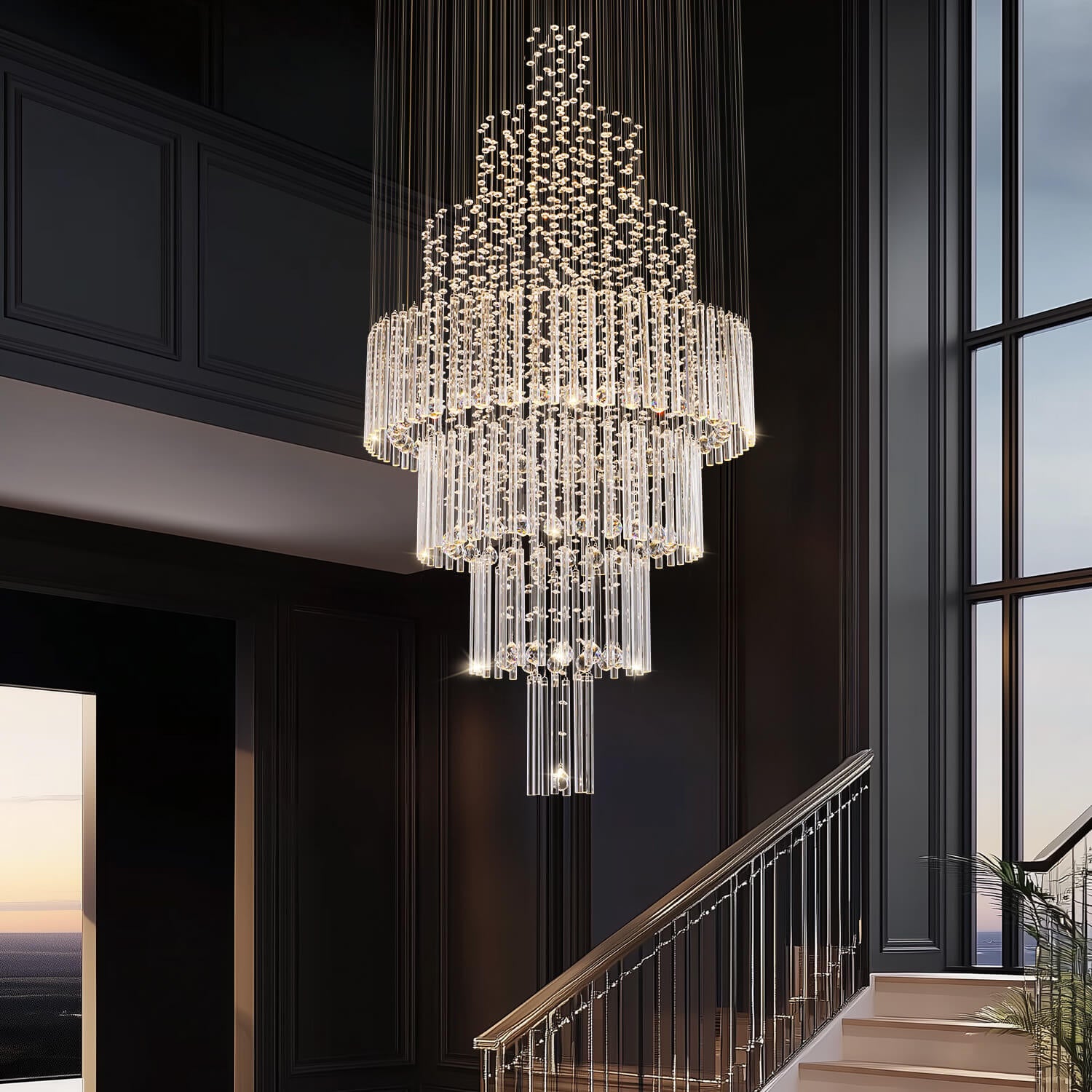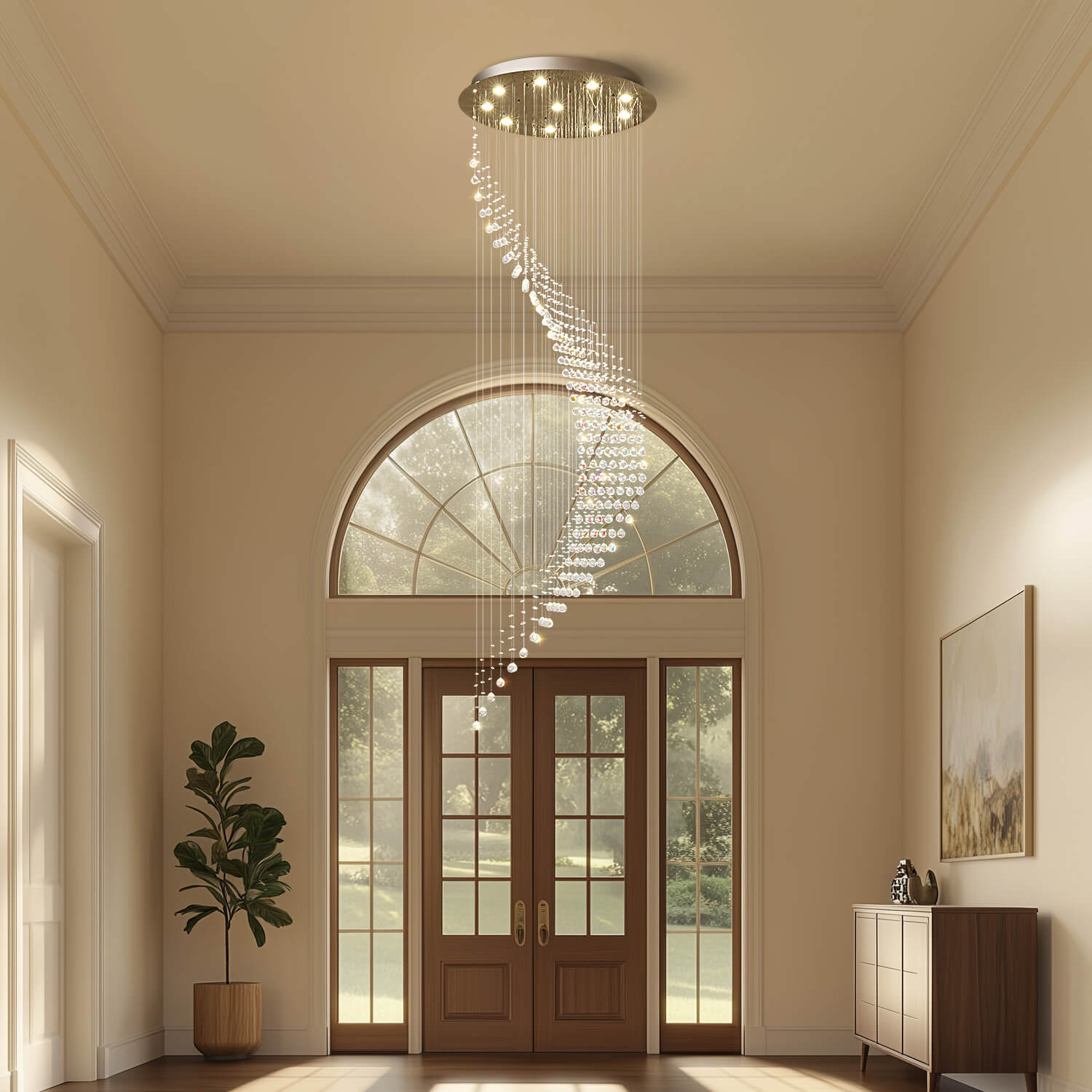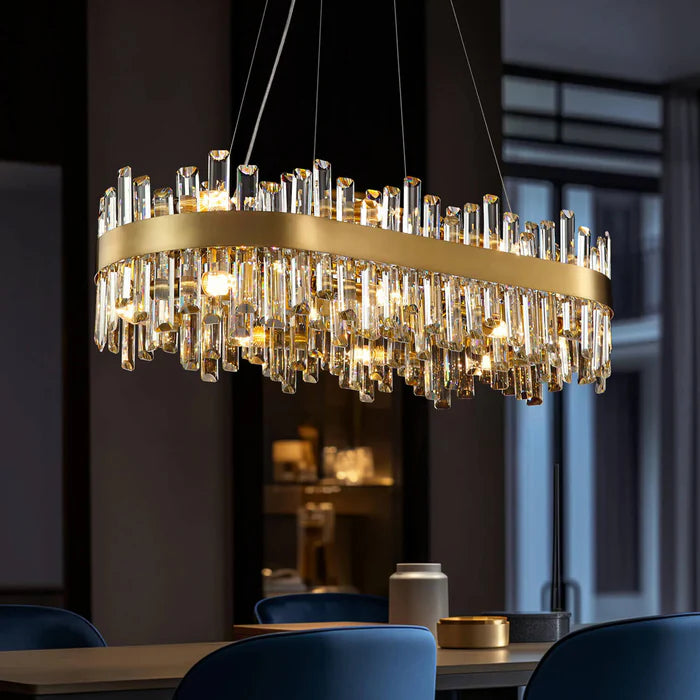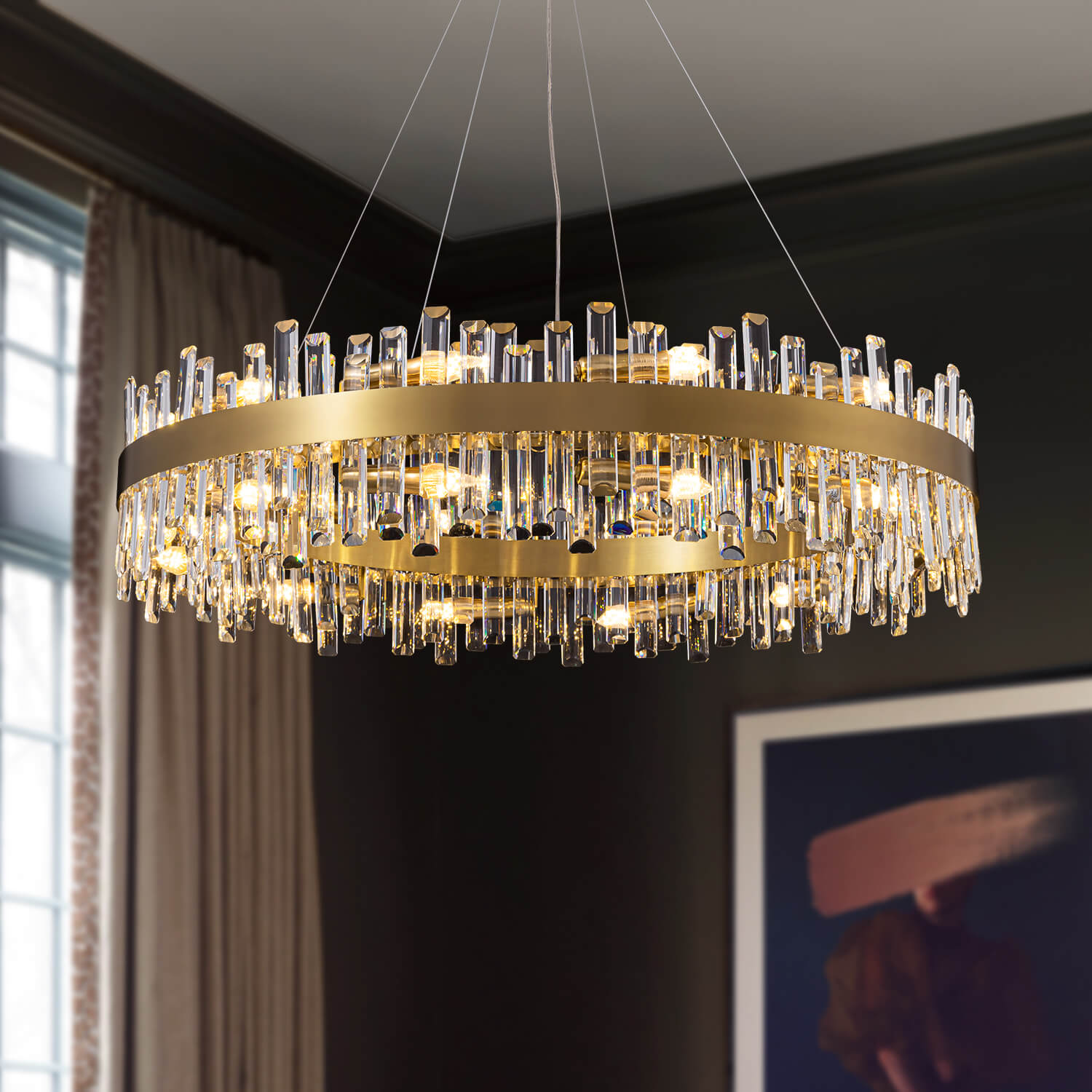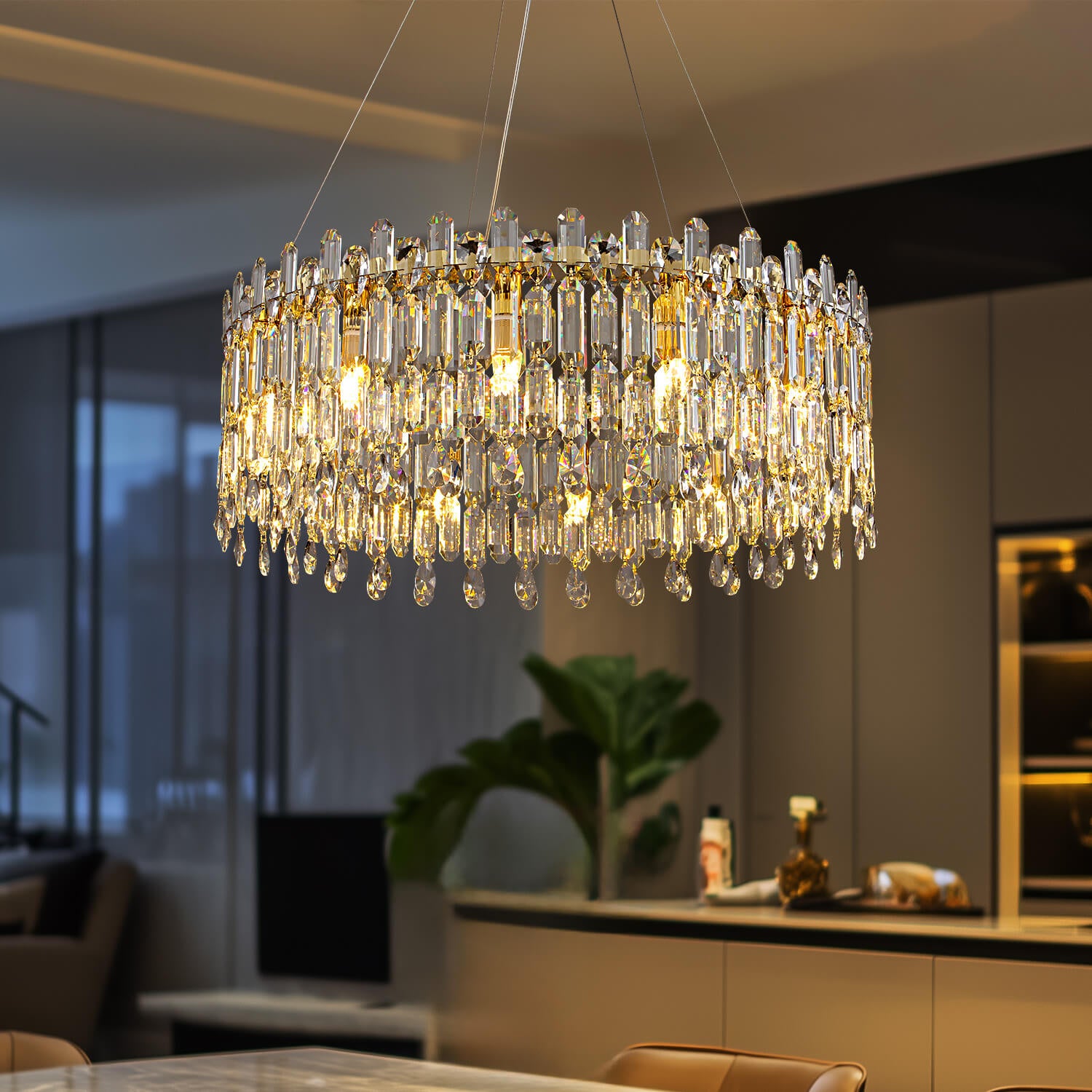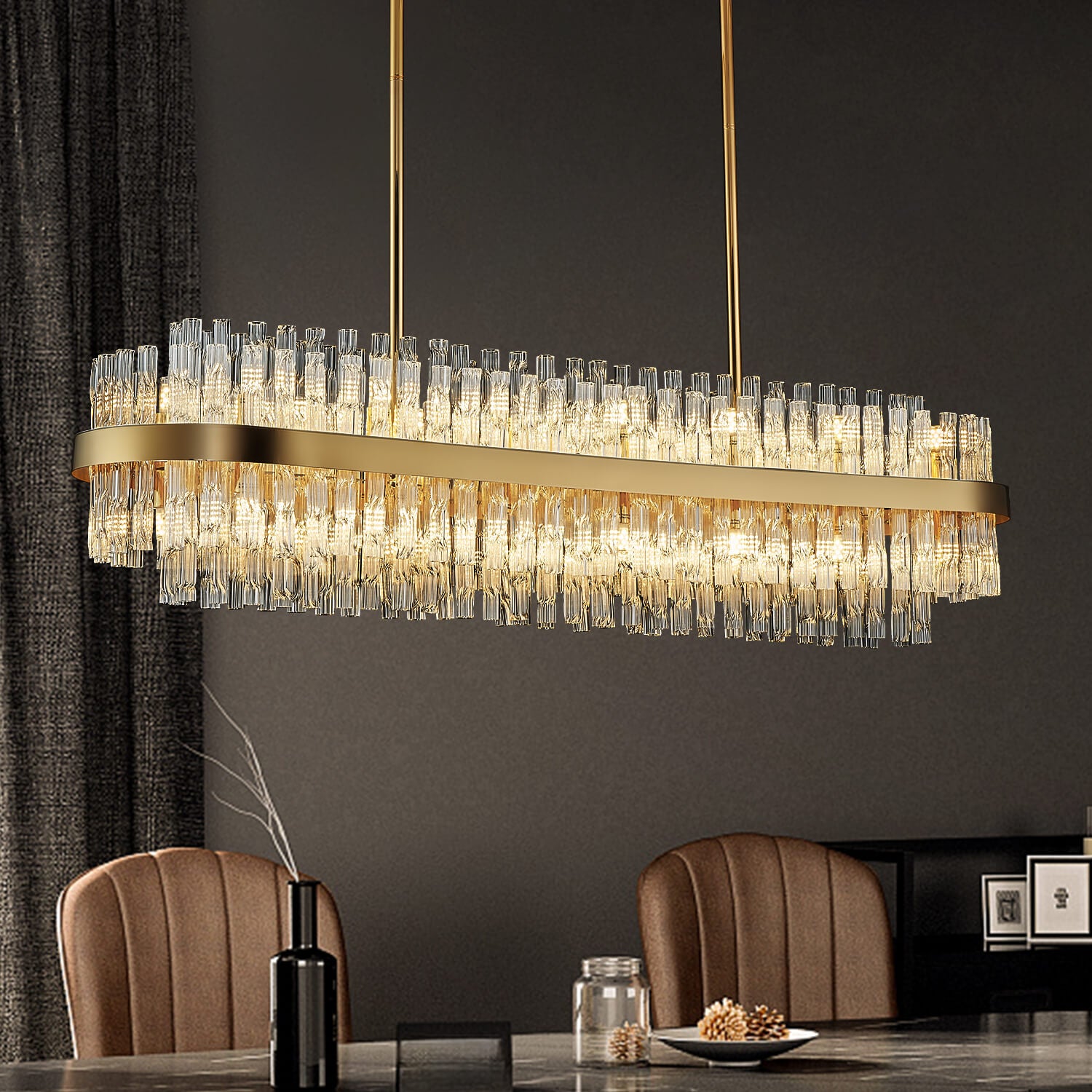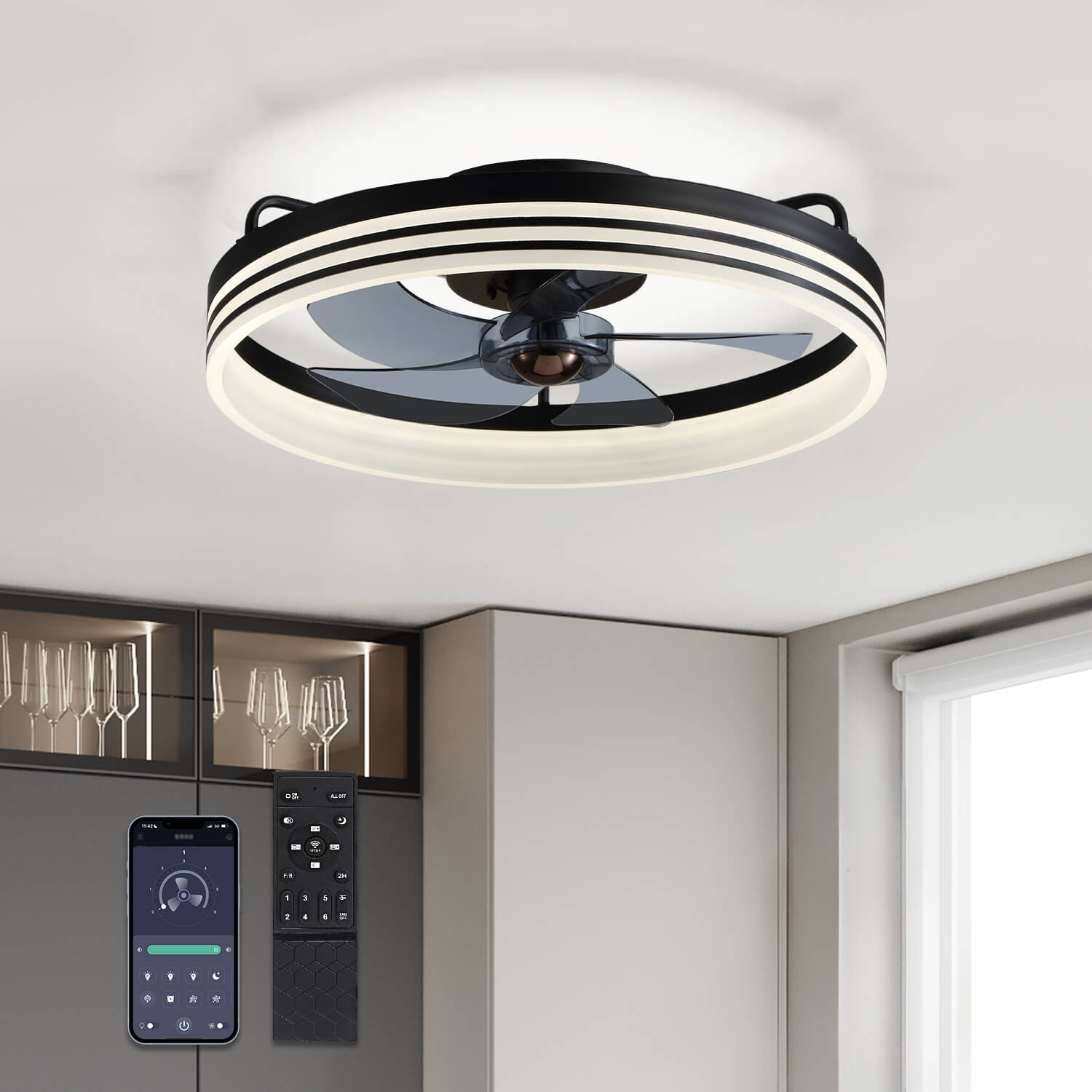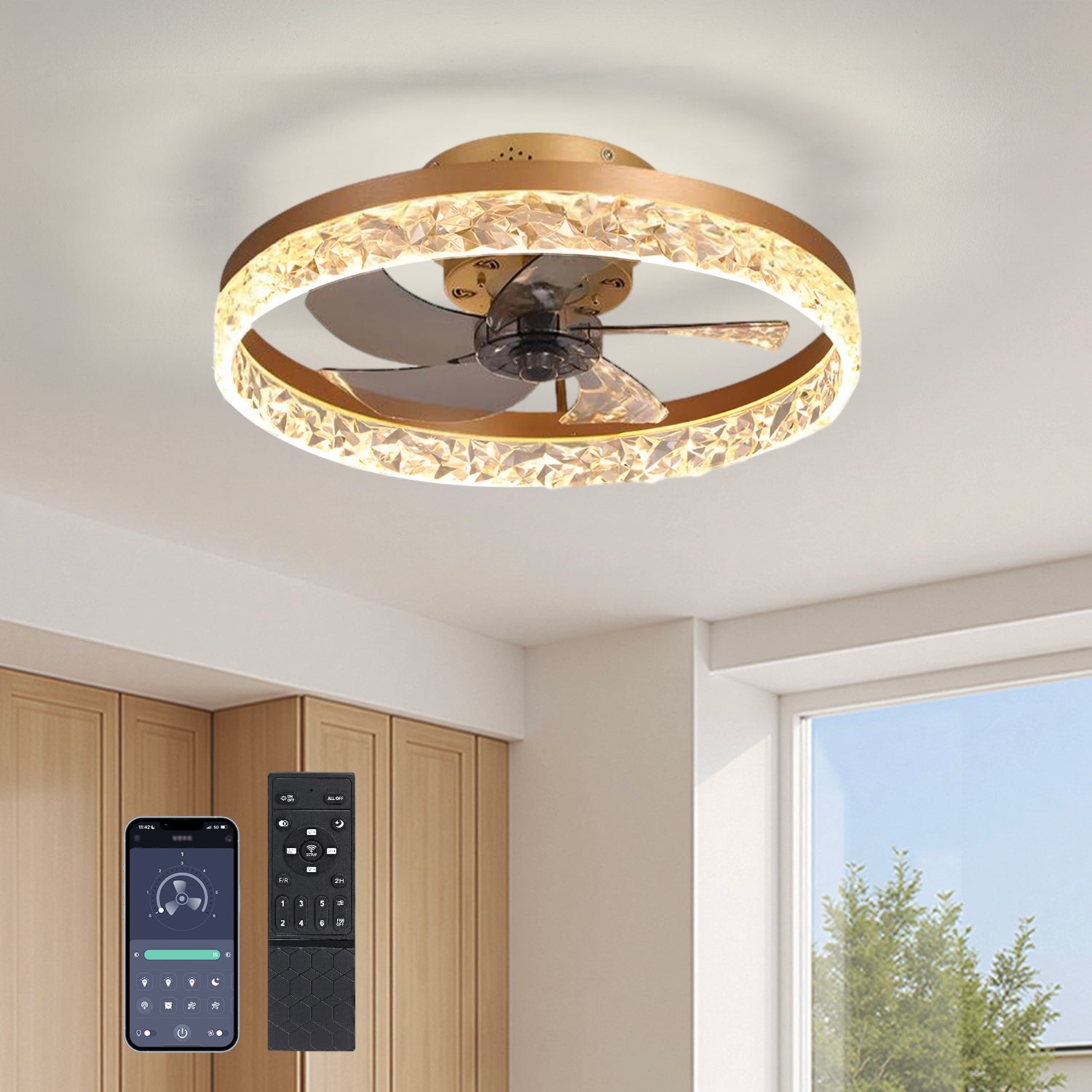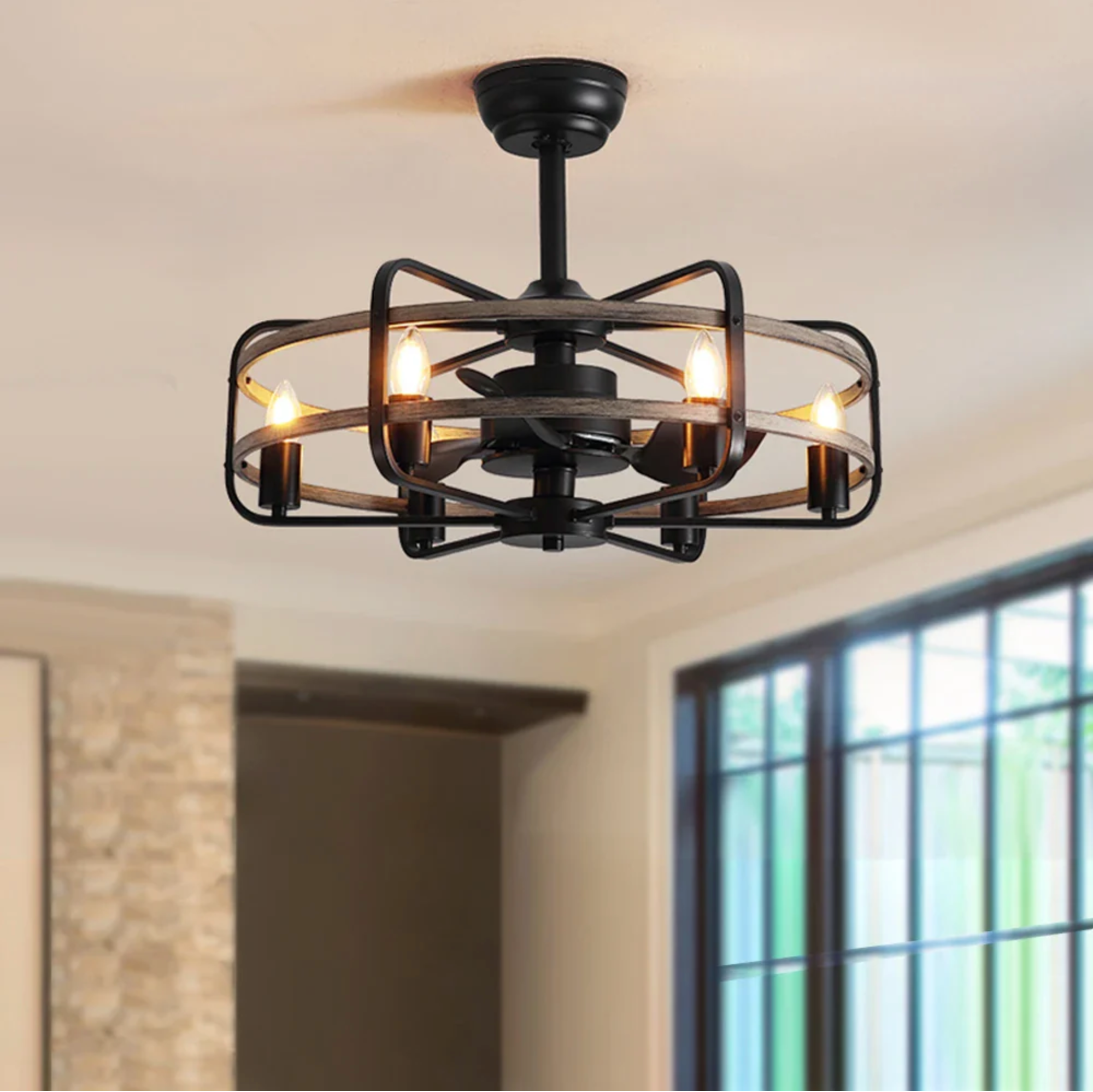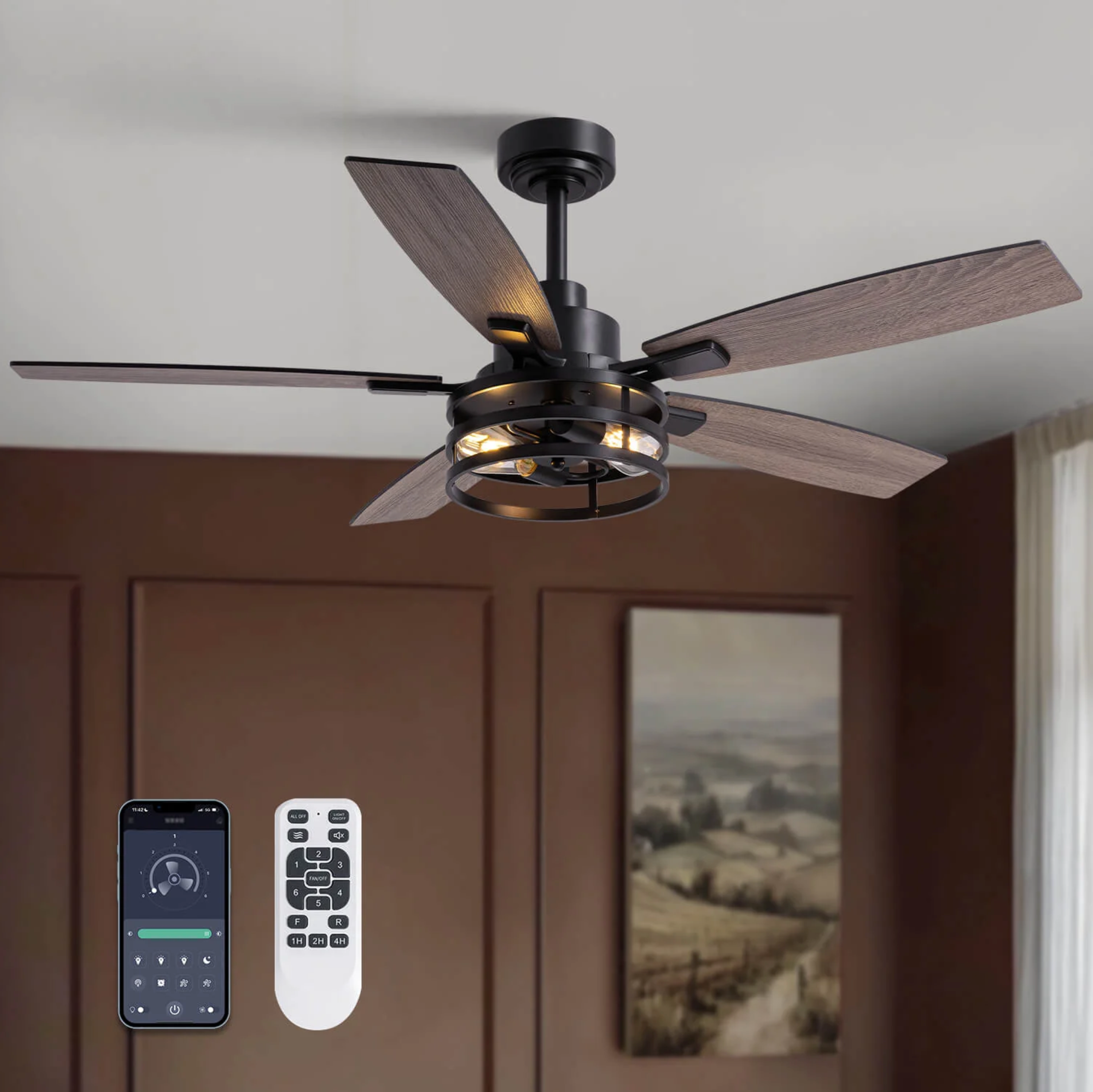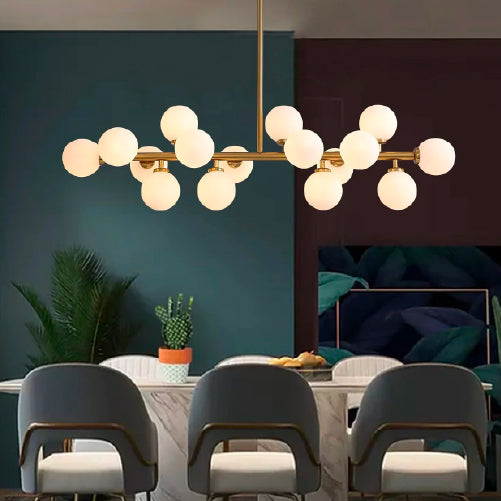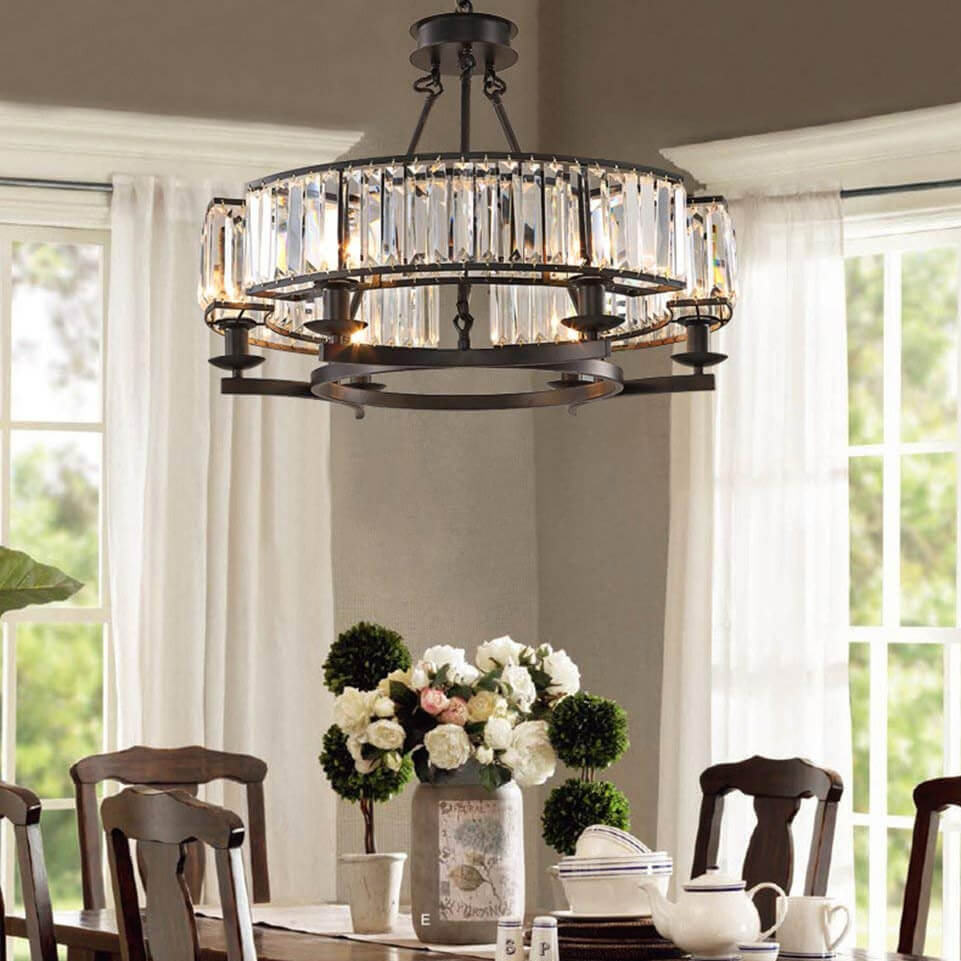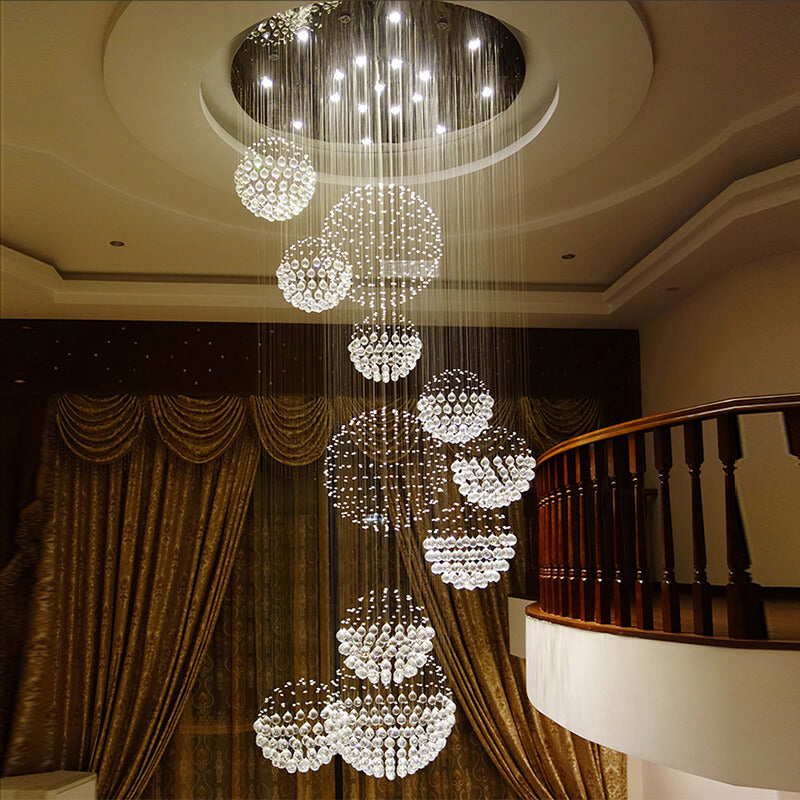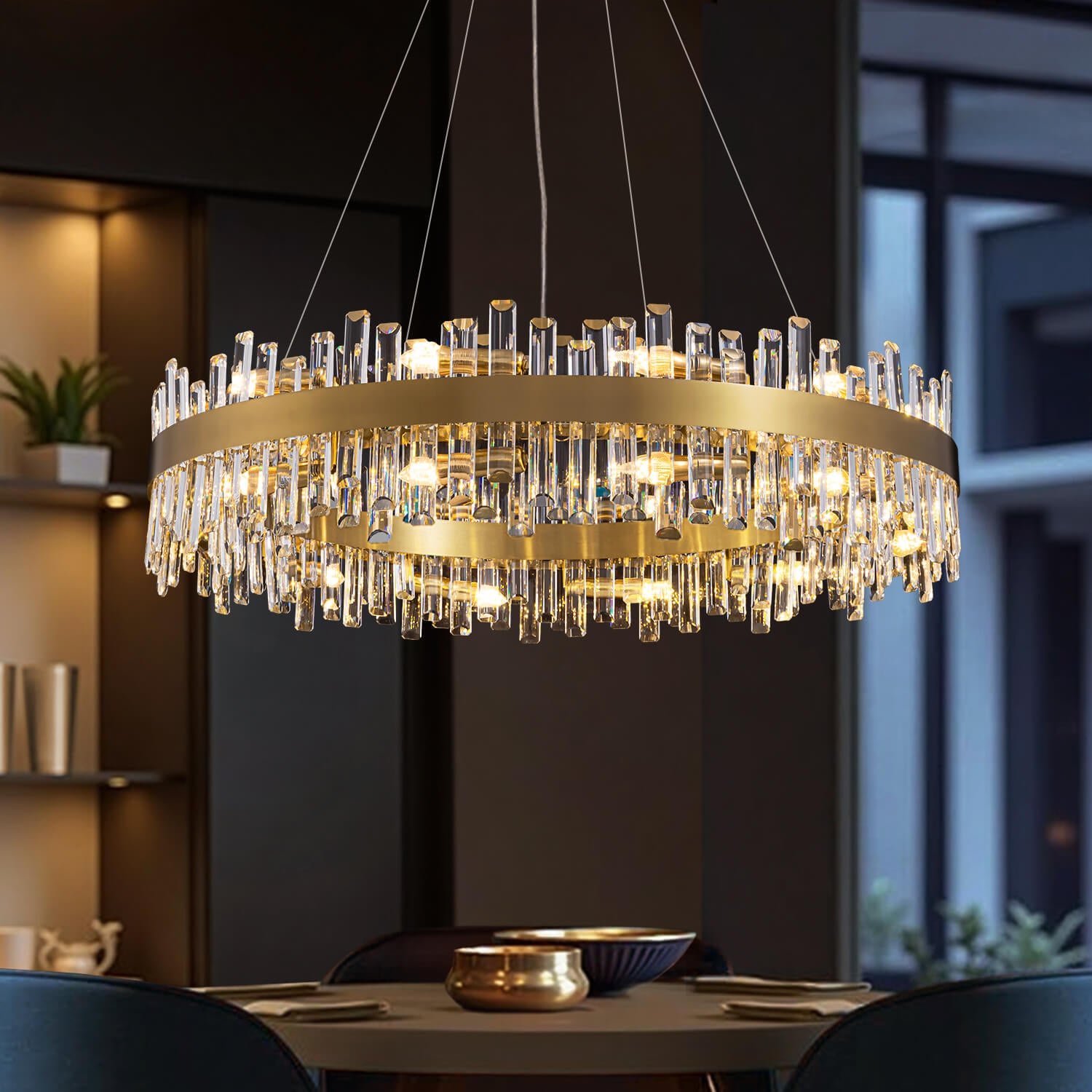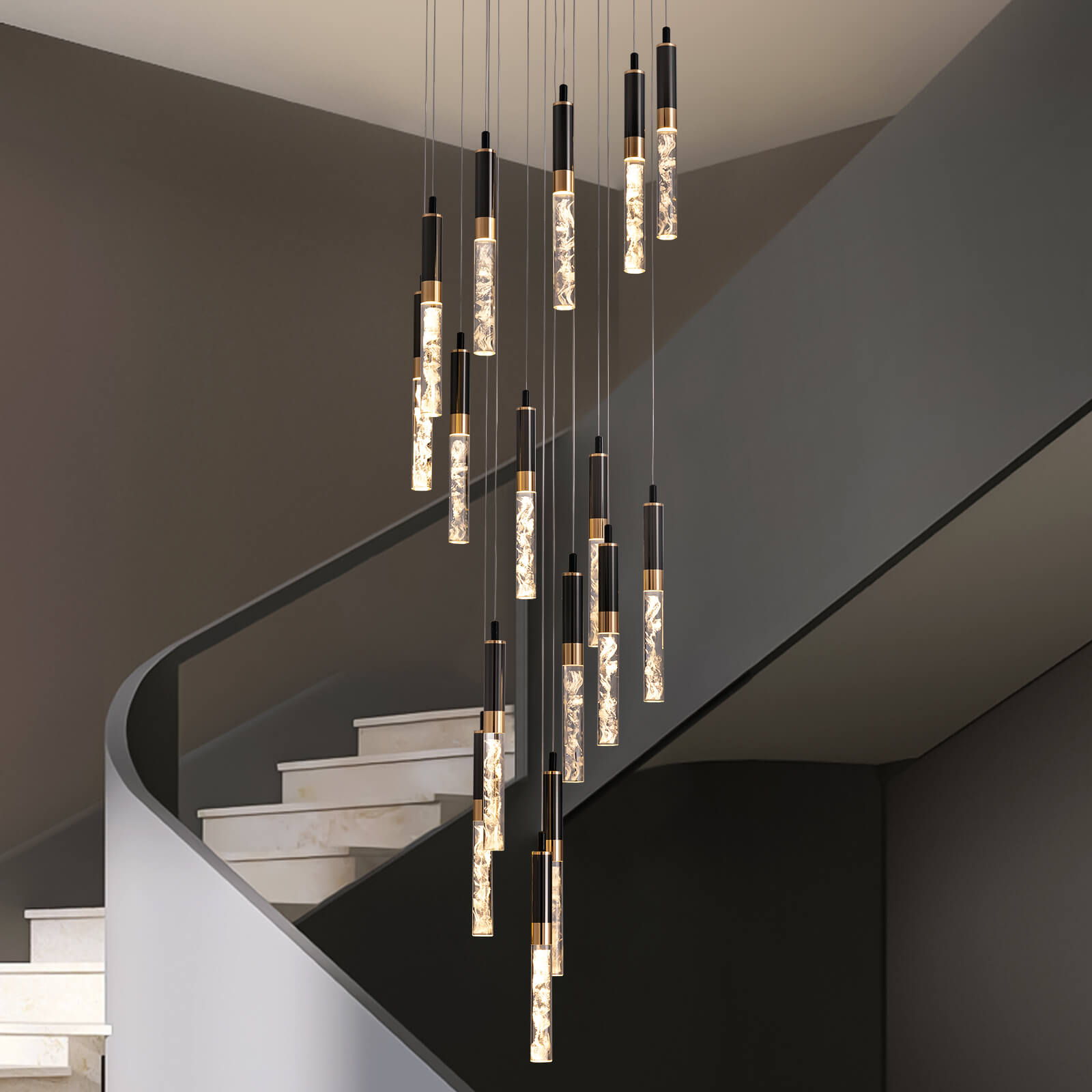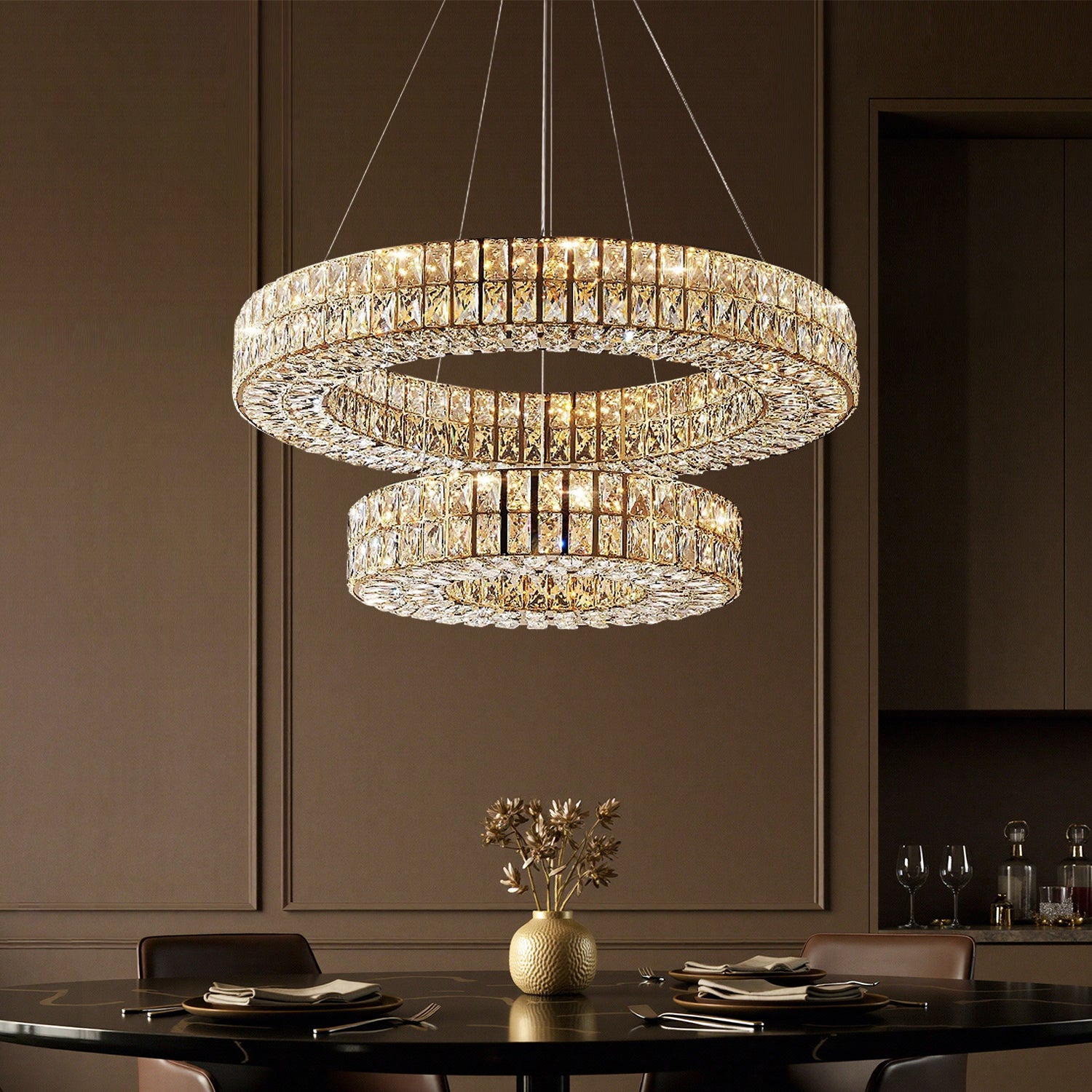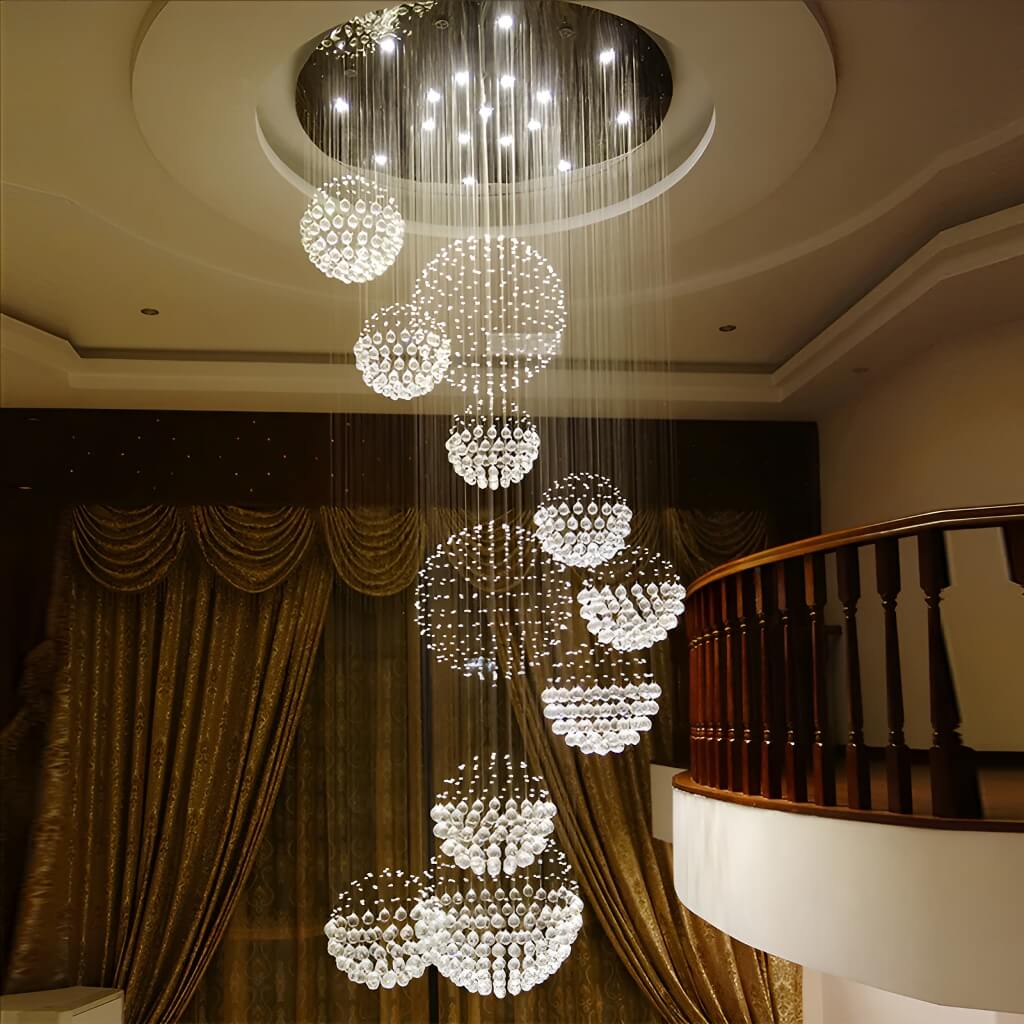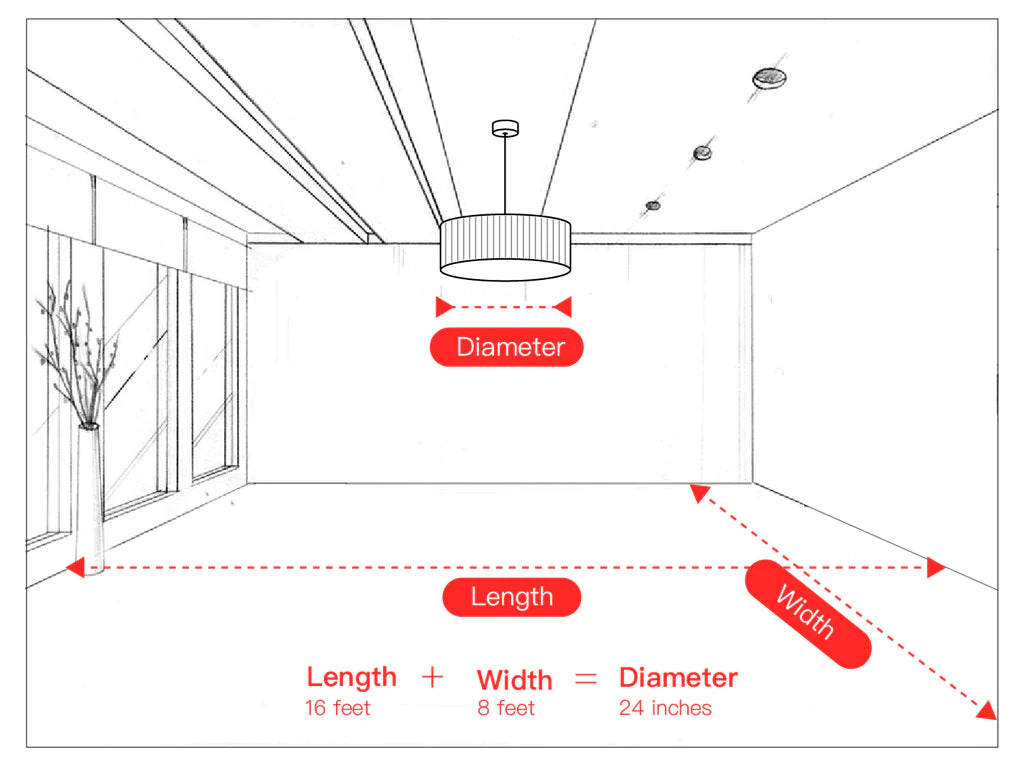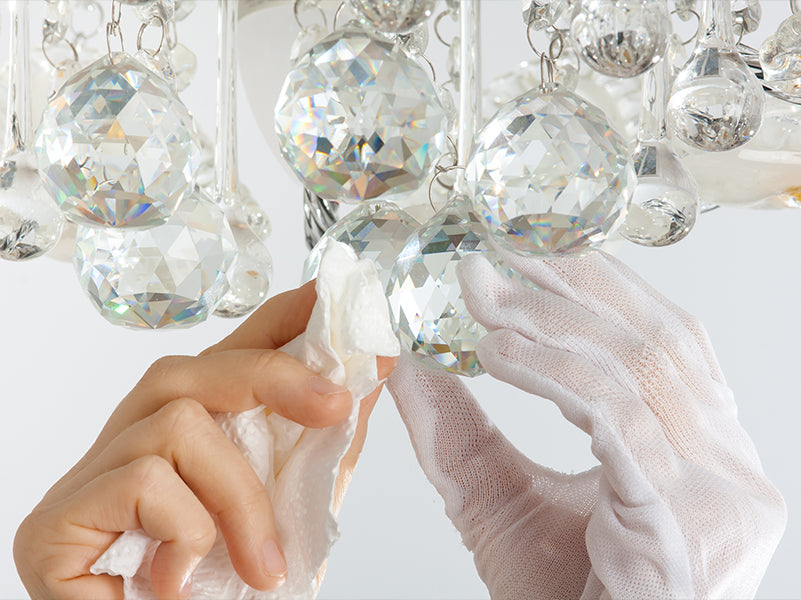Are You Afraid Of The Dark
Ghosts in the closet. Monsters beneath the bed. Fears of this type are deeply familiar: When the lights go out at night, children are prone to fright. But if most kids occasionally experience some form of irrational terror, these feelings can sometimes persist well past childhood. While phobias in children often last just a few months, many people contend with intense and specific fears for the entirety of their life. How often do the things that frighten children continue to scare them as adults? Are grown men and women embarrassed to admit the fears that still haunt them?
Sofary.com, known for providing customers with affordable custom lighting, surveyed roughly 1,000 individuals, asking them to recall specific home-related terrors from their childhood, from fears of the dark to witches and spiders. We then probed our respondents' fears in the present, studying which real and imagined anxieties persisted into adulthood. Our results suggest intense fears are more common among adults than we care to admit, and many childhood anxieties maintain their power over time. How do your fears compare to our findings – both as a kid and an adult? Be brave, and keep reading to find out.
Frequent Frights

Roughly half of men and women reported fears of the dark when they were younger, making this form of childhood terror the most common overall. Psychologists suggest that dread of dark spaces may even have evolutionary origins, keeping our ancestors wary of nocturnal predators. Among female respondents, the fear of being alone at home was equally common in childhood, although less than 38 percent of men shared this experience. Dark spaces and empty houses may not be inherently scary, but they each suggest a sense of vulnerability: They seem like settings ripe for some kind of attack.
Indeed, dark or empty homes might seem to invite other kinds of creatures that children frequently fear. Over 30 percent of men and women expressed childhood anxieties relating to ghosts, things under the bed, and other kinds of malevolent activity. Some experts say that children's belief in the paranormal relates to their sensory processing: What adults might instantly recognize as a visual illusion, kids trust implicitly. By contrast, our respondents reported relatively few fears related to real possibilities as children. Only 21 percent of women and 19 percent of men said they were afraid of natural disasters as kids, and even fewer feared the power going out.
How Kids Cope – or Don't

Two-thirds of men and 79 percent of women recalled recurring nightmares featuring their fears when they were younger. According to some specialists, prominent themes in children's nightmares can reflect their developmental stage: Toddlers, for example, may have dreams loosely alluding to separation from their parents. Forty-two percent of girls and 34 percent of boys called out for their parents or guardians when they felt afraid. Unfortunately, many parents take the wrong approach when reassuring their children. Simply insisting that the perceived threat isn't real can prove counterproductive with young kids.
Among both male and female respondents, approximately 18 percent said they could not sleepover at friends' houses due to their childhood fears. Some parents go to great lengths to quell their kids' slumber party anxieties, including doing dry runs in which no one stays over. Sixteen percent of men also recalled wetting the bed as a result of their fears (a habit that might increase sleepover nerves significantly). Women, conversely, were much more likely than men to remember crying themselves to sleep as kids: Sadly, 21 percent of female respondents recalled doing so.
Degrees of Dread

While certain childhood fears are quite common, which real or imagined threats provoked the most intense terror? Potential animal attackers caused kids much dread, with snakes feared most intensely for women but ranked fourth for men. Once again, our fears of these species may have evolutionary roots: In experiments, babies exhibit a stress response to pictures of snakes and spiders, even if they've never seen them previously. Dogs also ranked among the 10 most intense childhood fears, but kids' anxieties about canines typically result from bad experiences.
Our respondents were also deeply terrified by evil activity involving creatures such as witches and demons. Given the frequency with which wicked witches appear in classic children's tales, perhaps it's no surprise they make a particularly frightening impression. Fear of kidnapping might also be fueled by certain narratives to which kids are frequently exposed. From Hansel and Gretel to the Pied Piper, the theme of unwilling separation from one's parents looms large in children's literature.
Phobias for Life?

If many childhood fears fade in time, which tend to persist well into adulthood? More than 30 percent of men and women described the fear of bugs and spiders in their homes as an ongoing fear. For many, this fear can become debilitating; treatments range from exposure therapy with real spiders to virtual equivalents. Fear of natural disasters frequently carried over to adulthood as well, although the threats that frighten us most may be the least likely to actually harm us. Some research, for example, indicates that Americans are the most fearful of earthquakes, whereas tornadoes, hurricanes, and flooding cause far more deaths each year.
Adult women were more likely than men to report current fears of the dark and of being at home alone. These data may reflect the phobia rates within each gender more generally: By one research estimate, more than twice as many women have a specific phobia of this kind. Fear related to spooky entities, such as witches and ghosts, were also slightly more common in women. With regard to fears of snakes and open doors at home, however, that gender gap narrowed considerably.
Handling Horror

The dark seems to unsettle adults almost as much as children: To deal with their fears in adulthood, nearly 45 percent of women and 32 percent of men simply turned on the lights. Calling one's significant other was also a common reaction, although women were more than twice as likely to do so. Twenty-one percent also turned to their furry friends, holding a pet to allay their fears. To the chagrin of some travelers, animals have become a popular solution to at least one common phobia. Emotional support animals often join their owners on planes to alleviate their fear of flying.
Men were more likely than women to employ certain methods to suppress their fears, including keeping a weapon within arm's reach. This phenomenon might explain why relatively few gun owners lock their firearms away – they derive some comfort from the proximity of their weapons. Men were also slightly more likely to simply close their eyes when dealing with fears, or to use artificial lights in their bedrooms. Those who use night lights may sleep better as a result: While typically used in childhood bedrooms, night lights can alleviate adult sleep problems as well.
Admitting Alarm

As an adult, disclosing one's fears can be difficult: Risking ridicule is no laughing matter. In fact, 26 percent of women and 45 percent of men said they didn't admit their fears to anyone. Yet, over half of female respondents confided in their partners about their fears, and 37 percent discussed these scary subjects with friends. Men were far less likely to do so, perhaps as a result of internalized notions of masculinity. According to psychologists, men frequently avoid vulnerable expressions of fear, masking their feelings with anger instead.
Men were more likely to express their fears to their fathers, however, with 26 percent opening up in the context of that relationship between males. Interestingly, men were also slightly more likely to confide their fears in their sisters than their brothers. Conversely, women were roughly four times as likely to discuss their fears with their own kids. Doing so might strike some as inappropriate, but an honest discussion of fears might allow parents to model coping skills for their children.
Embarrassing Anxieties?

With regard to certain fears, our respondents seemed prone to embarrassment, with men especially likely to be ashamed of feeling afraid. For example, researchers say our brains are hardwired to find dolls unnerving, yet 72 percent of respondents who feared them were ashamed of their feelings. The same dynamic emerged around fear of clowns: Of respondents who feared them, over two-thirds felt ashamed. But experts say fear of clowns is quite common, particularly after cultural touchpoints such as Stephen King's "It" captivated the public imagination.
Of those who still feared things beneath the bed, roughly two-thirds felt ashamed of this ongoing anxiety. Likewise, 61 percent of those who feared certain rooms in their home felt shameful about their feelings. But admitting and challenging one's fears may be central to resolving our adult phobias – meaning shame could impede improvement. In fact, a number of Reddit communities have sprung up around specific fears, allowing users to support one another in ways psychologists deem helpful.
Shedding Light on the Fears We Share
Those who felt intense fears in childhood are in good company: Our findings suggest that most boys and girls experience at least one familiar terror, from being afraid of the dark to suspecting monsters beneath the bed. But our results also indicate that many adults contend with similar feelings and frequently feel shame in connection to these fears. While most people regard children's fears as normal, perhaps we should extend more acceptance to adults who feel afraid on occasion. After all, when it comes to confronting fear, empathy and encouragement can only help.
Whether you're afraid of the dark, the perfect lighting can bring a new degree of comfort to your home. And if you're feeling the most adult fear of all – worrying about spending too much – great lighting design may be more affordable than you think. Sofary.com offers an unparalleled selection of chandeliers, fans, and other modern fixtures, all at phenomenally fair prices. Explore our products today to see how buying from us puts great style in your price range.
Methodology
We surveyed 980 adults about their fears as children and their fears today. Fifty percent of our respondents were men, and 50 percent were women. Ages ranged between 21 and 72 with a median age of 34.
There was an attention-check question in our survey. If respondents failed to answer our attention check accurately, they were excluded.
Fears asked about in our survey include the following:
- Dolls around/in the home
- Clowns around/in the home
- Ghosts around/in the home
- Paranormal activity (witches, demons, etc.) around/in the home
- Things under the bed
- Being home alone
- Rooms in your home (basement, attic, etc.)
- Open doors around/in the home
- The power going out
- The dark
- Being kidnapped from your home
- Natural disasters (hurricanes, earthquakes, etc.) affecting your home
- Bugs/spiders around/in the home
- Cats around/in the home
- Dogs around/in the home
- Frogs around/in the home
- Snakes around/in the home
Limitations
Our survey relies on self-reported data, which have known issues such as telescoping, selective memory, attribution, and exaggeration. It should be noted that no statistical testing was performed on these data, so the conclusions are based solely on means. Further research should be done on this topic to draw deeper conclusions.
Sources
- https://www.health.harvard.edu/a_to_z/phobia-a-to-z
- https://www.verywellmind.com/fear-of-dark-2671872
- https://www.refinery29.com/en-us/2018/10/213091/kids-who-see-ghosts
- https://my.clevelandclinic.org/health/articles/pediatric-nighttime-fears/nightmares
- https://psychcentral.com/blog/7-ways-to-help-a-child-with-fear/
- https://offspring.lifehacker.com/get-your-kid-ready-for-their-first-sleepover-1830178329
- https://www.vice.com/en_nz/article/gyjgxw/fear-of-snakes-and-spiders-might-be-hardwired-into-our-brains
- https://www.verywellmind.com/cynophobia-fear-of-dogs-is-cynophobia-2671854
- https://theconversation.com/wicked-witches-and-evil-queens-why-childrens-books-need-more-female-villains-93678
- https://phys.org/news/2018-10-spiders-augmented-reality.html
- https://weather.com/news/news/2018-03-14-natural-disasters-fear-earthquakes-sperlings-best-places
- https://www.verywellmind.com/prevalence-of-phobias-in-the-united-states-2671912
- https://mashable.com/2018/02/27/emotional-support-animal-traveling-airplane-policy/#E2aXij4El5qg
- https://www.sciencedaily.com/releases/2018/02/180225184123.htm
- https://www.bustle.com/p/the-7-best-nightlights-for-adults-9081826
- https://www.psychologytoday.com/us/blog/fear-intimacy/201809/mens-anger-might-mask-fear
- https://tonic.vice.com/en_us/article/wj4ngb/this-is-why-we-think-dolls-are-creepyutm_sourcetonicfbus
- https://www.usatoday.com/story/life/2018/03/24/when-clowns-became-scary/455728002/
- https://www.vice.com/en_us/article/3k4jmy/these-terrifying-reddit-phobia-pages-might-actually-help-people
Fair Use Statement
Want to help us shed light on common fears by sharing this content? You're welcome to use our information and images for noncommercial purposes, such as posting it on social media or writing about it on your blog. If you do, just include a link back to this page so that others can find our work as well.



